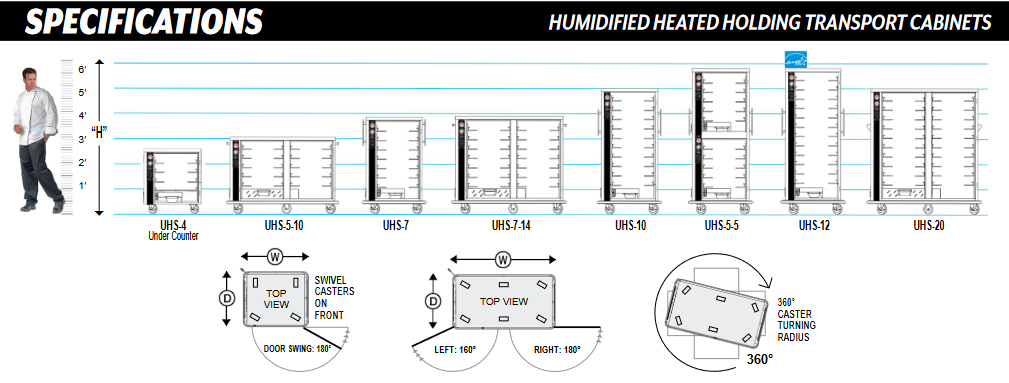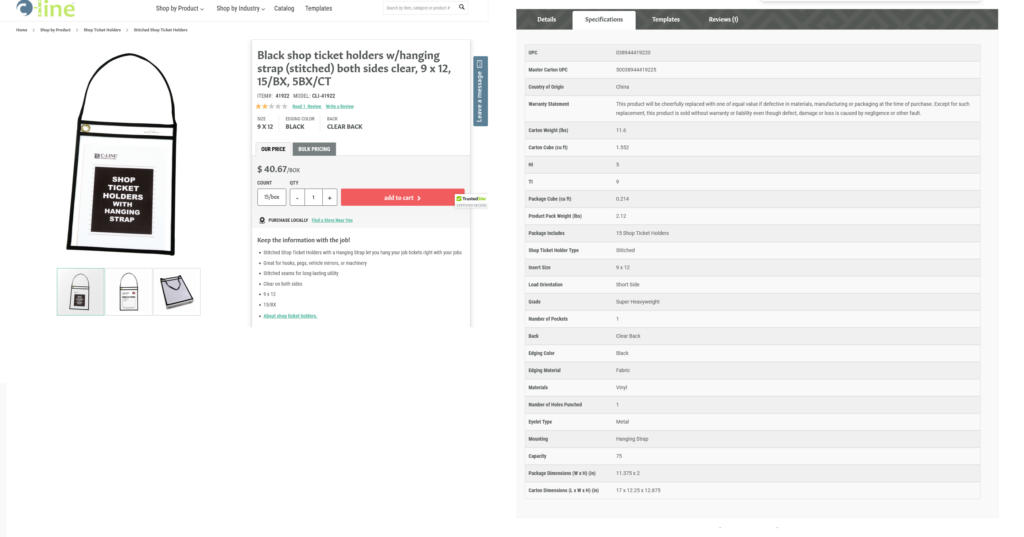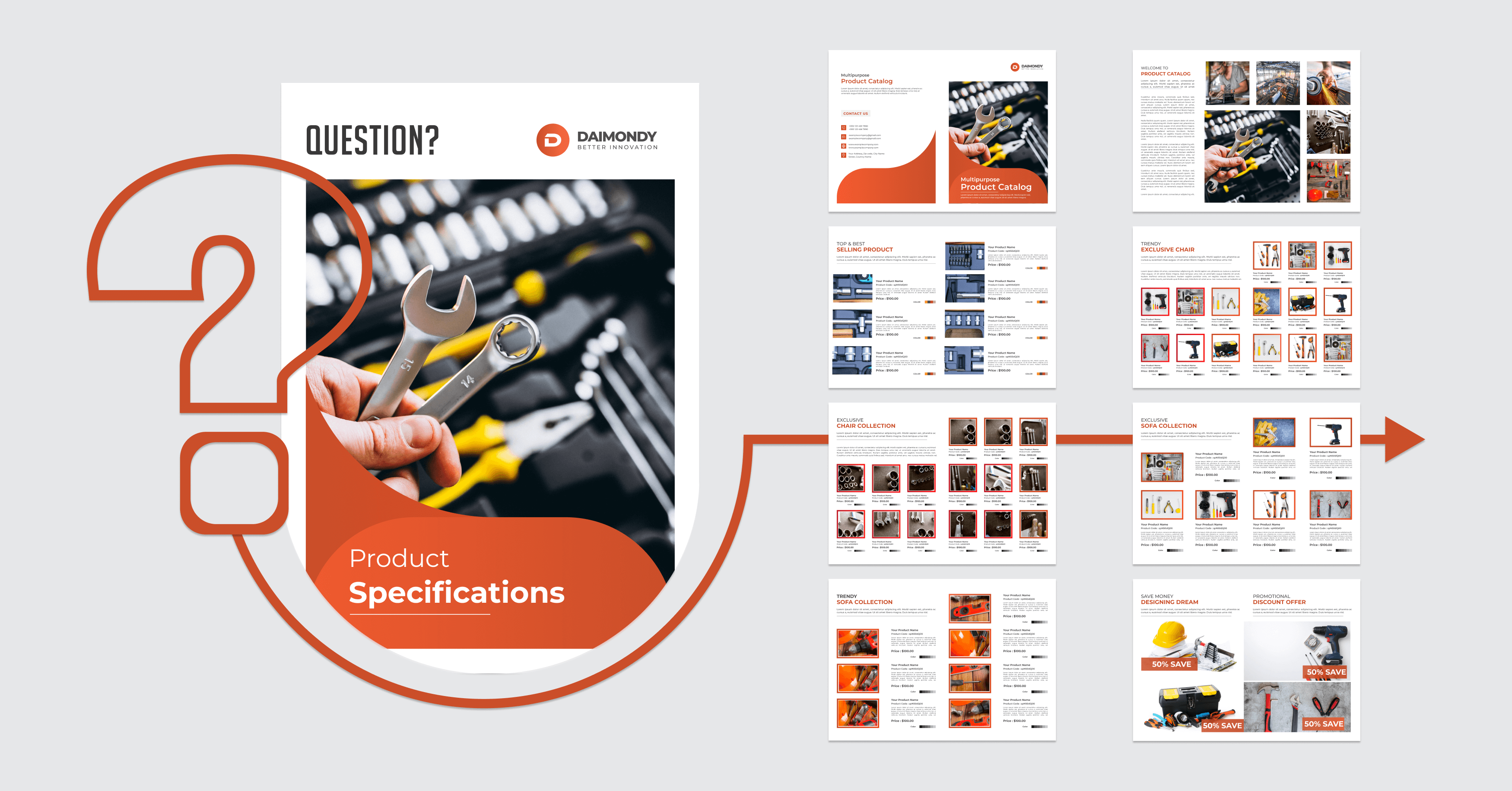Product spec sheets are one of the critical pieces of communication potential customers will peruse before committing to a purchase. They’re a key means for them to understand your product and match those to their requirements, especially for B2B buyers.
In a previous post, we explained a beginner’s guide to product spec sheets: what they are and 7 practical steps to approach making your own. This post intends to cover a little more about this marketing and sales collateral while also addressing a few questions that came as a result.
Feel free to use this navigator to skip to the question that had you arrive here:
Physical vs Digital Product Spec sheets
Physical and digital product spec sheets essentially play the same role: conveying key technical information about your products to prospective buyers. However, where they differ is in the nature of their medium and how they become a part of the buyer’s journey. While you technically can convert online into offline documents or vice-versa, here are some considerations to keep in mind:
Digital Advantages
The medium lends itself easily to corrections and updates as required, often reflecting immediately to the user. These are also more convenient to store, access, and share – not bound by physical restraints or storage situations. Online spec sheets can also be optimized to improve its standing on SERP (Search Engine Results Page). And who doesn’t like a greener alternative?
Print Advantages
Being a tangible asset increases memorability in the minds of potential customers, especially at the heels of the meeting with vendors. They’re not as easily deleted and have the potential to circumvent the more “out of sight, out of mind” nature of digital spec sheets. Once printed, their designs stay true subject to wear and tear, and this format is still preferred by some of the more traditional decision-makers that your products would need to impress.
Updating your product spec sheets
The frequency of updates is subjective, based on a few criteria that may or may not pertain to your product. It is also extremely unlikely that your sheet would remain static for very extended periods of time. This is because as you get feedback and are able to make observations regarding well-performing products and features, your product spec sheet would go through updates.
For clarity’s sake, it is always preferable to label your spec sheet accurate to its edition to ensure you are sharing only the updated version with concerned parties.
While physical sheets can’t be updated once sent, they would definitely need to be periodically updated as well, based on the product list, updates, and even changes in the supply chain. For larger-scale edits, it helps to clearly communicate these changes which can be done via your website and/or updating your customers in person.
How to make my product spec sheet stand out?
The fastest way to get your product spec sheet out would be to PDF a spreadsheet with the key details. The fastest isn’t always the most effective though, so here are some ways you can spruce up your spec sheet to stand out:
- Use images and illustrations. Use the spec sheet as the opportunity to answer almost all questions that the intended reader might have regarding your product (this is where beta testing comes in handy, offering you possible gaps in the information you have included).
- Offer scale when you can. Visualizing with just measurements doesn’t come naturally to most, so associating the sizes with more standard objects or people will help convey the dimensions in question more intuitively.
- Don’t be shy about using color. There’s no need to overdo of course, but the spec sheet is also a means of conveying branding beyond the product, company name, and logo.
- Offer easy options to connect back to you. For digital formats, leverage the PDF format and include clickable links to product demos, key pages of your website, customer reviews, or your curated social media channel(s). For the physical version, you can try QR codes to lead them where you’d like them to go.

How to determine what details make the cut?
Your product spec sheet can’t and shouldn’t be excessively long. Selecting what information makes it to that coveted space would be entirely dependent on its purpose. Put yourself in the receiver’s shoes and try and pick through all the information that they would like to know – studying the target audience will ensure you have this art down to the T.
Have others go through your sheet, the less they know about the product the better. Match this to your expectation of when in the buyer journey they would most likely refer to this sheet and optimize your product spec sheet accordingly.
The flow of the decided information would also be determined on that basis. Beginning with the most basic information and gradually making its way to the more detailed aspects of the spec sheet.
How do I optimize my eCommerce product spec sheet for SEO?
To ensure your target audience online can find you, ensure you’re checking the following boxes:
- The key is to make certain that the content matches what they are searching for. Ensure your product content aims to align with their search over targeting maximum views. Write descriptions that accurately match your product to their need using language that doesn’t imitate the competition.
- Ensure your meta details are filled in accurately, following similar criteria as mentioned above. This includes the meta title and description for your product.
- Make sure your URL features your product/use case, to ensure they are matched by the search engines to your target audience.
- Optimize the images used. Your images should accurately represent your products. Ensure their alt tags and file name accurately represent what’s being showcased while not exceeding the recommended file sizes.
Also read: How to Write a Killer eCommerce Product Description- 10 Practical Tips!

My spec sheet is for manufacturers, how do I ensure I receive the right product?
For those seeking products from manufacturers, similar aspects need to be kept in mind, albeit from the other side of the aisle. While customers need to know more about what product they are investing in, product spec sheets to manufacturers give them the most accurate information of the product you seek. This allows them to match their product to your requirement.
Factors that don’t change include: ensuring you are able to communicate as much information to them as possible. You might not have the exact images or details in this case, but specifying using reference images can help you convey your intended product more efficiently.
How to design a product spec sheet?
Understandably, not everyone has a design-whiz on-demand. Knowing what you want and actually creating are two very different things. Thankfully, there are options to leverage when it comes to making your dream product spec sheet a reality:
Spreadsheets
They’re the traditional choice for a reason. Spreadsheets are easy to use, offer premade templates, and are familiar enough to wield with minimum design experience. A simple use of a formula such as VLOOKUP can help extract key information easily. On the negative side, they can lead to more boring spec sheets that are hard to stand out from the crowd and are rather infamous for how difficult managing images can be.
Templates
Templates for spec sheets are one search away, giving you a starting point to fill details instead of starting from scratch. While not the most customized, they are a step above blank spec sheets, and might offer criteria worth including that might not occur to you at first. Xara offers great templates, while Canva can help novices make great designs.
Outsource
For creating a custom design, outsourcing to freelance designers can help ensure your product spec sheet stands out. While this may restrict your control over the design process and may take time depending on the designer, when done well the outcome can ensure a well-designed and aesthetic product spec sheet that does the job.
What is the difference between a product catalog and a product spec sheet?
Product catalogs are designed to provide information regarding a wider range of products. They tend to be more content-heavy and cover more ground, thus leading to including more pages with more space to use for images and text. The content here acts more to introduce the reader to the products.
Product spec sheets are meant to deliver as much content about a singular or small group of products, as efficiently as possible. The economy of space plays a key role here, aided by its dedicated focus on a particular product. Its content aims to provide as much information regarding the product as required.
How do I organize my product content better?
Product spec sheets are one of many ways your product content comes in handy, and as your business grows, the more the chances of errors and missing data creeping into your carefully managed data. Simplify this for your teams by opting to use a robust PIM (Product Information Management) tool that can cut down on the time invested in maintenance and corrections, while delivering content to multiple channels at the same time. Here’s more about the one we offer.
Contents




